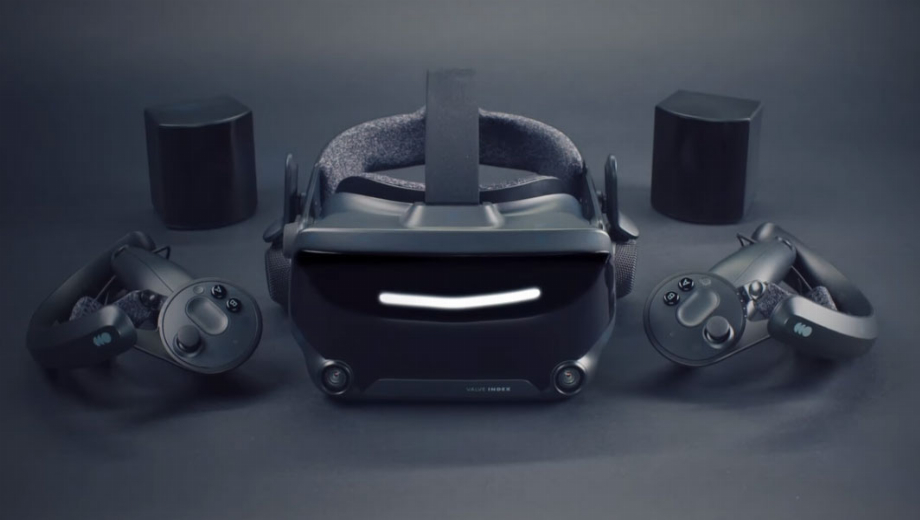Valve’s Index is a true, next-generation VR headset

Valve has finally given us some details on its new Index headset, and it’s something quite special. It increases the resolution over first-generation headsets, as well as expanding the field of view, increasing the frame rate support, and improves on ergonomics. It also includes advanced audio speakers/headphones and dual pass through cameras. It’s rather expensive though.
Since the release of the HTC Vive and the Oculus Rift in 2016, the two big VR headset makers haven’t taken many major strides in improving the high-end VR experience for those who can afford it. The Vive Pro increased resolution and took advantage of new Lighthouse trackers, but at an intense price point, while the Rift S and Quest focus instead on accessibility with inside-out tracking and actually lower frame rates, despite providing a small bump in resolution.
Valve’s Index, however, does everything that you would expect from a new-generation headset. It has a resolution of 1,440 x 1,600 per eye, the same as the Vive Pro, but increases the refresh rate to an overclockable 120Hz. That means that it can output up to 120 frames per second and will target that as a baseline if the user’s PC can handle it. It will also be capable of hitting 144Hz in an “experimental mode.”
Just as impactful is its field of view expansion, increasing that of the original Vive and Oculus Rift by 20 degrees, so should reach around 130 degrees horizontally — that could go a long way to improve immersion, alongside the other visual enhancements.
It’s not wireless, but there is space for a wireless module. Valve has also improved the audio over first-generation headsets, and rebalanced the headset for improved comfort.
You can pre-order the hardware today, with a price of $500 for the headset alone, or $1,000 for the full kit with second-generation Lighthouse sensors and Valve’s new knuckle controllers. They’re set to begin shipping on July 1.





![Thief v1.7 (+18 Trainer) [hex]](https://9588947a.delivery.rocketcdn.me/wp-content/uploads/2025/12/Thief-2014-01-scaled-464x276.jpg)

![Total War: Warhammer III v1.0-v7.0.1+ (+37 Trainer) [FLiNG]](https://9588947a.delivery.rocketcdn.me/wp-content/uploads/2025/08/Total-War-WARHAMMER-III-01-464x276.jpg)

























